I need to recreate some SAP stored procedures in Oracle. I've been trying to find tutorials, similar questions, examples, etc about this but apparently no one had to do this before
What Oracle SQL query can be similar to this SAP query ?
SELECT * FROM A
INTO CORRESPONDING FIELDS OF TABLE B
FOR ALL ENTRIES IN C
WHERE a = C-a
AND x = y.
LOOP AT B INTO D.
D-b = E-b.
INSERT c FROM D.
IF SY-SUBRC <> 0.
WRITE: / 'error on insert', D-b, D-a.
ENDIF.
Any help will be appreciated, Thanks.

